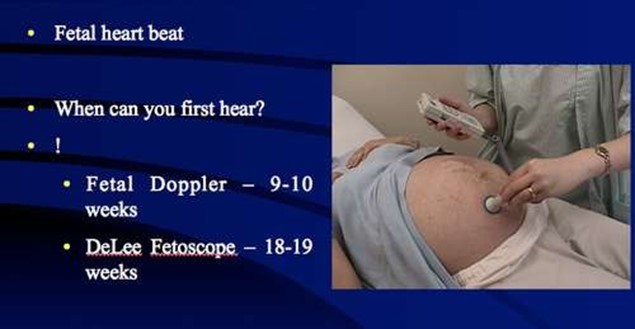A nurse is caring for a client who has an indwelling urinary catheter.
The nurse notes that sediment is present in the urine.
Which of the following actions should the nurse take to obtain a sterile urine specimen?
Unclamp the collection port below the bag.
Obtain the specimen from the retention port.
Disconnect the catheter from the collection tubing.
Use the balloon port to obtain the sterile specimen.
The Correct Answer is B
This is because the retention port is a sterile site that can be accessed by a syringe to aspirate urine without contaminating the specimen or the closed drainage system. The retention port should be cleaned with an alcohol swab before inserting the syringe. The specimen should be transferred to a sterile container and labeled appropriately.
Choice A is wrong because unclamping the collection port below the bag would allow urine to flow out of the bag, which is not sterile and may contain bacteria or sediment.
Choice C is wrong because disconnecting the catheter from the collection tubing would break the closed drainage system and increase the risk of infection.
Choice D is wrong because using the balloon port to obtain the sterile specimen would deflate the balloon that holds the catheter in place and cause trauma to the bladder wall.
Normal ranges for urine characteristics vary depending on the type of analysis, but some general parameters are:
• Color: pale yellow to amber
• Clarity: clear or slightly cloudy
• Odor: faint aromatic
• pH: 4.5 to 8.0
• Specific gravity: 1.005 to 1.030
• Protein: <150 mg/24 hr
• Glucose: negative
• Ketones: negative
• Blood: negative
• Nitrites: negative
• Leukocyte esterase: negative
• Bacteria: <10,000 CFU/mL
Nursing Test Bank
Naxlex Comprehensive Predictor Exams
Related Questions
Correct Answer is A
Explanation

This is because at 12 weeks of gestation, the uterus is still low in the pelvis and the fetal heart tones are best audible through the fetal back, which is usually located just above the symphysis pubis. The fetal heart rate at this stage is normally between 120 and 180 beats per minute.
Choice B is wrong because measuring the fundal height is not necessary to determine the placement of the ultrasound stethoscope at 12 weeks of gestation. The fundal height is usually measured from 20 weeks of gestation onwards to assess fetal growth and estimate gestational age.
Choice C is wrong because placing the client in a side-lying position prior to assessing the fetal heart rate is not required at 12 weeks of gestation. This position may be helpful later in pregnancy to improve maternal blood flow and oxygen delivery to the fetus, especially if there are signs of fetal distress or hypoxia.
Choice D is wrong because performing Leopold maneuvers prior to auscultating the fetal heart rate is not appropriate at 12 weeks of gestation.
Leopold maneuvers are a series of four steps to palpate the abdomen and determine the fetal position, presentation, lie, and engagement. They are usually performed after 24 weeks of gestation when the fetus is large enough to be felt through the abdominal wall.
Correct Answer is C
Explanation
This is because the Glasgow Coma Scale (GCS) is a tool to assess the level of consciousness and neurological status of a client who has a closed head injury. The GCS score can help guide the priority of interventions and the need for further diagnostic tests.
Choice A is wrong because an MRI of the brain is not the first action to take for a client who has a closed head injury. An MRI may be indicated later to evaluate the extent of brain damage, but it is not an emergency procedure.
Choice B is wrong because mannitol IV bolus is a medication that reduces intracranial pressure (ICP) by drawing fluid out of the brain tissue. However, mannitol should not be administered before confirming the presence and degree of increased ICP, which can be done by measuring the GCS score and other vital signs.
Choice D is wrong because inserting an indwelling urinary catheter for the client is not the first action to take for a client who has a closed head injury. A urinary catheter may be needed to monitor fluid balance and renal function, but it is not an urgent intervention.
Whether you are a student looking to ace your exams or a practicing nurse seeking to enhance your expertise , our nursing education contents will empower you with the confidence and competence to make a difference in the lives of patients and become a respected leader in the healthcare field.
Visit Naxlex, invest in your future and unlock endless possibilities with our unparalleled nursing education contents today
Report Wrong Answer on the Current Question
Do you disagree with the answer? If yes, what is your expected answer? Explain.
Kindly be descriptive with the issue you are facing.
